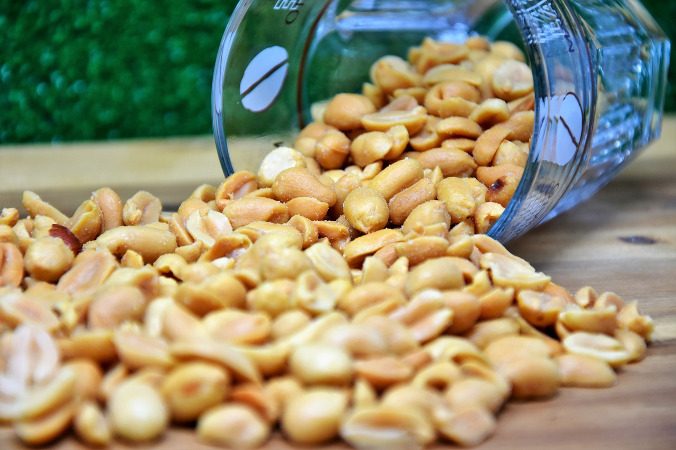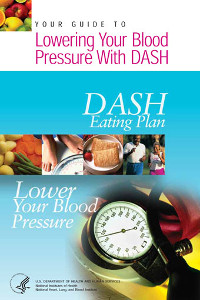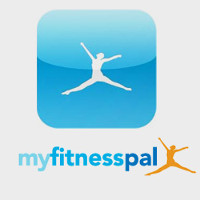I’m deviating from my normal blogging style for several months to share brief information about books that have significantly helped me obtain better health.
To read the first post in this series, “Books that Helped Me Lose 100 Pounds, Part 1: Introduction,” please click here.
To read the second post in this series, “Books that Helped Me Lose 100 Pounds, Part 2: The First 20,” please click here.
Disclaimer: I’m not a doctor or a dietitian. I do not recommend or endorse a particular health regimen. My intention is to provide a few insights into what has worked for me at various times of my life. The information in these posts is no substitute for individual medical advice, and you use it at your own risk. These books, in the end, were not even enough for me. I lost the final 40 pounds by working with a registered dietitian. I’ll tell you more about that in the fourth post of this series.
In the spring of 2006, less than a year after moving to an inner suburb of Washington, D.C., I bought a bicycle and, with my husband and children, began riding it on the wonderful park trails that were now easily available to us. We generally got out at least once a week when the weather was good, and I was able to build from 2–3 miles in the beginning to 15 miles within a few months. That, combined with my inconsistent adherence to the health program designed by Dana Thornock that I described in my last post, enabled me to drop another 15 pounds easily.

The next book on my list was the first one that clued me in on the fact that what I had long been taught were “healthy” fats weren’t, perhaps, as healthy as I had believed.
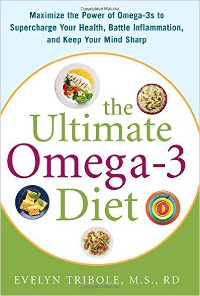
The Ultimate Omega-3 Diet, by Evelyn Tribole, M.S., RD © 2007
“The Ultimate Omega-3 Diet is the first book to offer simple, practical steps for striking the proper balance between miraculous omega-3 fats and the less-healthy omega-6 fats to get the most out of your diet.”
Israel . . . made the switch to the so-called healthier oils, resulting in one of the greatest omega-6 fat intakes in the world. Israelis’ average dietary omega-6 fats outnumber omega-3 fats by 22 to 1.
In spite of Israel’s exemplary heart-healthy eating (a diet low in artery-clogging saturated fat, high in polyunsaturated fats, and low in total calories), Israelis have a high prevalence of heart disease, not to mention high blood pressure and diabetes. Now they have a higher cancer rate than in Western countries. Researchers say this is a consequence of eating too many omega-6 fats. (p. 37)
During this period, I learned about the DASH (Dietary Approaches to Stop Hypertension) eating plan. Although DASH wasn’t designed to be a weight-loss regimen, it is similar in many respects to Dana Thornock’s program.
Your Guide to Lowering Your Blood Pressure With DASH, provided by the U.S. Department of Health and Human Services. Originally printed in 1998 and revised in April 2006.
The DASH eating plan requires no special foods and has no hard-to-follow recipes. . . .
The DASH eating plan is an example of a healthy eating plan . . . that not only meets your nutritional needs but can accommodate varied types of cuisines and special needs. (p. 23)
One of the things I liked from the beginning about DASH is that it recommends eating nuts on a regular basis and considers “nuts, seeds, and dry beans” a separate food category. The low-fat diets I told you about in my previous posts don’t forbid nuts, but it’s tough to fit more than just an occasional sprinkle of nuts into an eating style that allows only 20% of a person’s daily calories from fat. While I still followed most aspects of Dana Thornock’s program, by incorporating DASH, I could actually have 1–1.5 ounces of nuts as a snack most days of the week. This addition helped boost my total protein for the day and added nutritional value and substance to my snacks that I found helpful. Another thing I like about DASH is that it counts cheese in the dairy category with milk; other plans I’ve encountered count it in the meat group. The macronutrient ratio of DASH is 55% carbohydrate, 18% protein, 27% fat.
Eventually I found more DASH resources on this web site sponsored by the Nutrition Education Services/Oregon Dairy Council. I also found a shorter ebook that explains this style of eating. It contains a page-sized version of the diagram “What’s on Your Plate?” that I found useful for planning my meals. One of the problems that led to my obesity was concentration on starchy carbohydrates such as bread and potatoes and not enough on fruits and non-starchy vegetables. Counting potatoes in the grain group, along with planning everything I ate at the beginning of the day using the “What’s on Your Plate?” diagram, helped me develop a better sense of proportion for my food intake, although I wasn’t always as careful with sugar as the plan suggests, and I rarely tracked my sodium intake.
I can’t talk about DASH without mentioning the work of Marla Heller. She has written several books on the topic, but the one I’m most familiar with is this one:
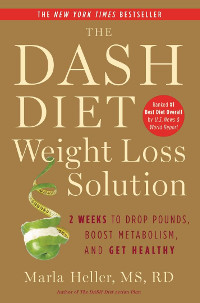
The DASH Diet Weight Loss Solution, by Marla Heller, MS, RD. © 2012
“Using the newest DASH diet research, bestselling author, foremost DASH dietitian and leading nutrition expert Marla Heller has created the most effective diet for quick-and lasting-weight loss. This is the only book to bring you the latest updates for the DASH diet, integrated with the latest weight loss research, which work synergistically to maximize results. This effective and easy program includes menu plans, recipes, shopping lists, and more. Everything you need to lose weight and get healthy!”
[DASH researchers] wanted to do their own side-by-side comparison to see if a DASH diet with some of the starches replaced with either higher levels of protein or more heart-healthy fats would provide the same health benefits as the original (higher-carb) DASH diet. And imagine their surprise when the blood pressure improvements were even better with the low-starch versions of DASH. . . .
How do you reconcile low-carb and the DASH diet? First, you don’t need all the refined starchy foods that most of us overconsume. They are certainly not part of making the DASH diet a healthy plan. . . .
Certainly, whole grains are healthful. The fiber, lignans, vitamins, and minerals are beneficial. But we do have to be careful not to consume more than we can burn off.”
Chapter 2, pp. 7-9
The Phase Two eating plan in this book is based on the higher-protein diet (48% carb, 25% protein, 27% fat) used in the DASH OmniHeart study, but it doesn’t appear to follow it exactly. For more information on the DASH OmniHeart study, see this link: http://www.health.harvard.edu/PDFs/OmniDiets.pdf
I had this information during this particular period of my weight-loss journey, but I didn’t make full use of it at the time, because the original DASH eating pattern was much more intuitive for me. The DASH Diet Weight Loss Solution recommends eliminating fruit, milk, and starchy foods other than beans completely during the first two weeks of the program. This aspect of the eating plan isn’t part of the original DASH guidelines, and a “reset” phase of this type isn’t something I’ve personally found desirable or necessary.
Another good source of information on the DASH eating plan that incorporates some of the information gleaned from the OmniHeart study can be found here: https//www.nutritionheart.com/scientific-background-dash-new. This non-commercial web site, which was created by a cardiologist, also provides some of the most detailed, helpful information I’ve found about the Cretan Mediterranean diet: https://www.nutritionheart.com/scientific-background-mediterranean-diet.
By late 2009, I had lost another 15 pounds, making a total of 50 pounds lost. Unfortunately, I wasn’t able to maintain that loss, but bounced around that number over the next seven years. By 2012, I had established a regular exercise program. I rode my bicycle on the trail when I could, and when I couldn’t, I rode my stationary bicycle.
At the beginning of 2016, my net weight loss was 46 pounds. I was trying to be more careful in following the original DASH eating plan, although I had a tough time getting the added sugar down to the suggested level on a daily basis. I wasn’t eating excessive desserts, however, or at least I didn’t think I was, and I rarely drank soda pop or other sugary drinks. I was recording what I ate every day using the free My Fitness Pal (MFP) application and was using a kitchen scale to measure my portions. I was more interested in eating high-quality foods in the correct balance than restricting calories and ignored the calorie target given to me by the MFP program.
I had a blood test and learned that my hemoglobin A1c was in the high pre-diabetic range. I was forced to face the fact that my body had changed in some significant ways and that what I was doing wasn’t working as well as it had in the past. I recognized that I needed personalized help from a registered dietitian. I made an appointment, but I had to wait a couple of months to actually go to it. I began following MFP in a more exact way, working a 500-calorie deficit into my daily plan. I also used the default macronutrient ratio recommended by the program, which meant that my fat percentage goal was now 30% of my total calories instead of the 25% I had long held as my target. By April I had lost 16 pounds, making a net loss of 62 pounds!
The featured image came from Pixabay.

